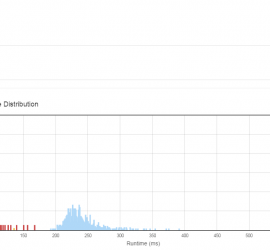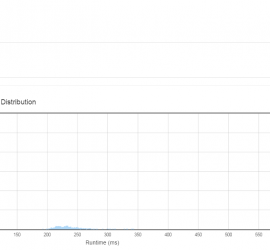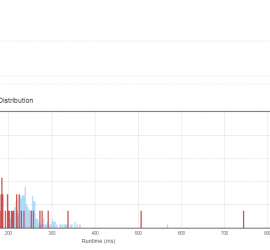[leetcode] Combinations
Combinations Given two integers n and k, return all possible combinations of k numbers out of 1 … n. For example, If n = 4 and k = 2, a solution is: [ [2,4], [3,4], [2,3], [1,2], [1,3], [1,4], ] tag: backtracking 回溯问题,用递归求解就好。 class Solution { public: vector<vector<int> > combine(int […]









